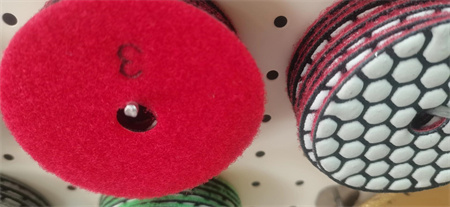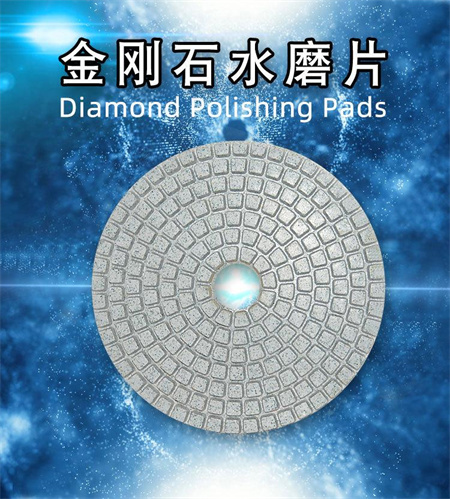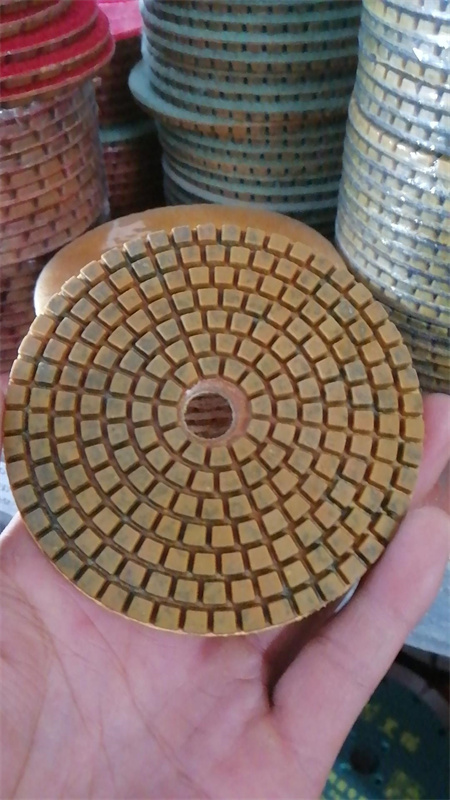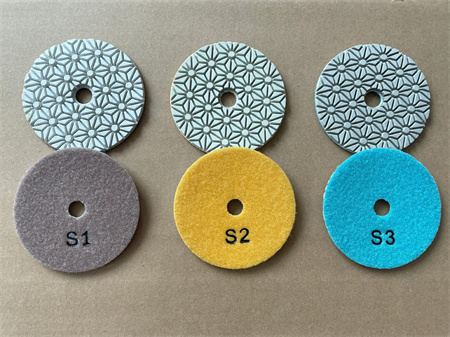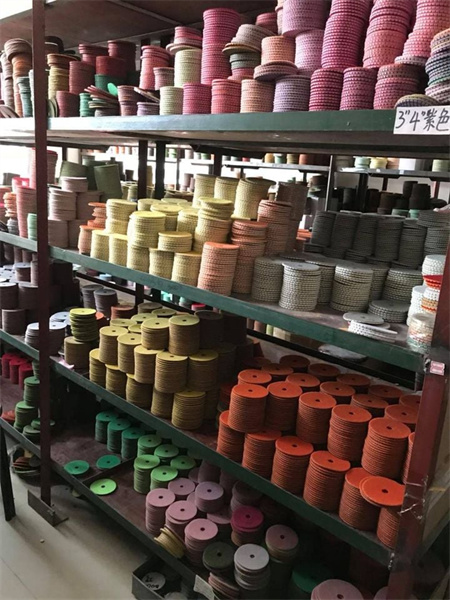Granite Polishing Tool Exporter for Terrazzo and Concrete Flooring Projects

When it comes to achieving the perfect finish on terrazzo and concrete floors, choosing the right granite polishing tools is essential. Whether you’re working on residential, commercial, or industrial flooring projects, the quality of your tools directly impacts the final look and durability of the surface. As a leading granite polishing tool exporter, we understand the importance of precision, efficiency, and reliability in every project, offering specialized tools that ensure optimal results.

Our range of granite polishing tools is designed to meet the demands of modern terrazzo and concrete flooring. These tools are crafted with the highest standards of craftsmanship, ensuring they can withstand even the toughest working conditions. From hand-held machines to larger, heavy-duty grinders, we offer a diverse selection that caters to the unique needs of each project. Whether you’re polishing a small residential floor or a sprawling commercial space, we have the right tools to get the job done efficiently.
One of the key features of our tools is their ability to deliver an exceptional finish without compromising on speed or safety. With advanced technology and carefully selected materials, our polishing tools provide smooth, glossy surfaces that enhance the aesthetic value of terrazzo and concrete floors. The uniformity and shine achieved are second to none, ensuring that your flooring projects look professional and stand the test of time.
Durability is another hallmark of our granite polishing tools. We know that flooring projects often involve long hours and intensive use, so our tools are built to last. They are engineered to maintain their performance and efficiency even after extended periods of use, helping you complete projects on time and within budget. By choosing our tools, you’re investing in quality that pays off with every job.
Additionally, we prioritize customer satisfaction by offering expert guidance and support. Whether you’re unsure about which tools are best for your specific flooring project or need advice on how to use them most effectively, our team is always here to assist. As a reliable exporter, we ensure that all our tools meet international standards and are delivered on time, so you can keep your projects moving forward without delays.
For contractors, flooring specialists, and DIY enthusiasts alike, having the right granite polishing tools is key to success. With our top-of-the-line equipment, you can achieve floors that not only look stunning but also offer long-lasting durability. Trust us to be your go-to granite polishing tool exporter for all your terrazzo and concrete flooring needs.






